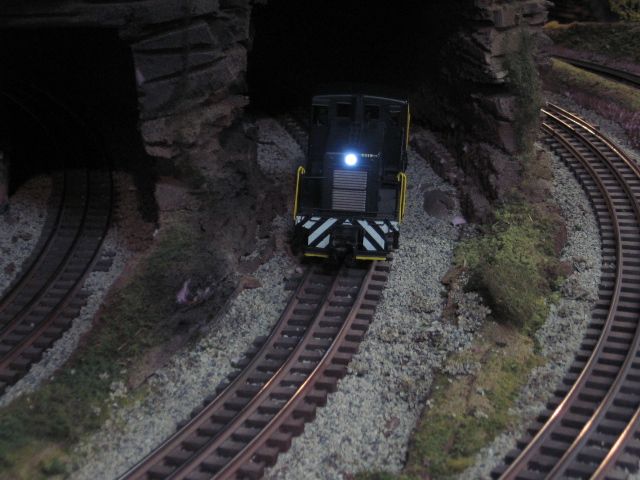Bought two on the web that a forum member was selling.
Would of saved a couple of $ if I noticed sooner before he listed them but I wanted them.
Put on in a Dual motor K-line S-2 switcher.
Took about 25 minutes.
I plan on using the other one for a K-line Porter using the small tender like Gunrunner did.
Might take me a little longer.
Anyone ever take photos of dismantling the little 0-4-0.
If John says its a PITA, I am assuming it is going to be a frustrating learning experience.
But that is a project for a different day.
My question on the Motor Mite. It is rated for 4amps.
Even though it is not recommended because the S-2 has two full size DC cans, I have not observed any signs of over heating.
For better low speed running that make two suggestions. And I did notice that they are assuming that they are miniature cans. One is series wiring, which I tried and did not really make much difference.
The other is using a diode bridge, which I understand is a bridge rectifier in line with the Dc outputs jumped.
Do these mods increase the current draw?Would not want to toast the unit.
Would I be able to use this safely to upgrade a single motor K-line 0-4-0 switcher.
I have two TMCC versions and a conventional one that I want to upgrade. I already got an extra Railsounds tender for it.
Anyone have any feedback or suggestions?
I do not anticipate this issue with the Porter. Because it seems that these are designed for small units like it.
Thanks




